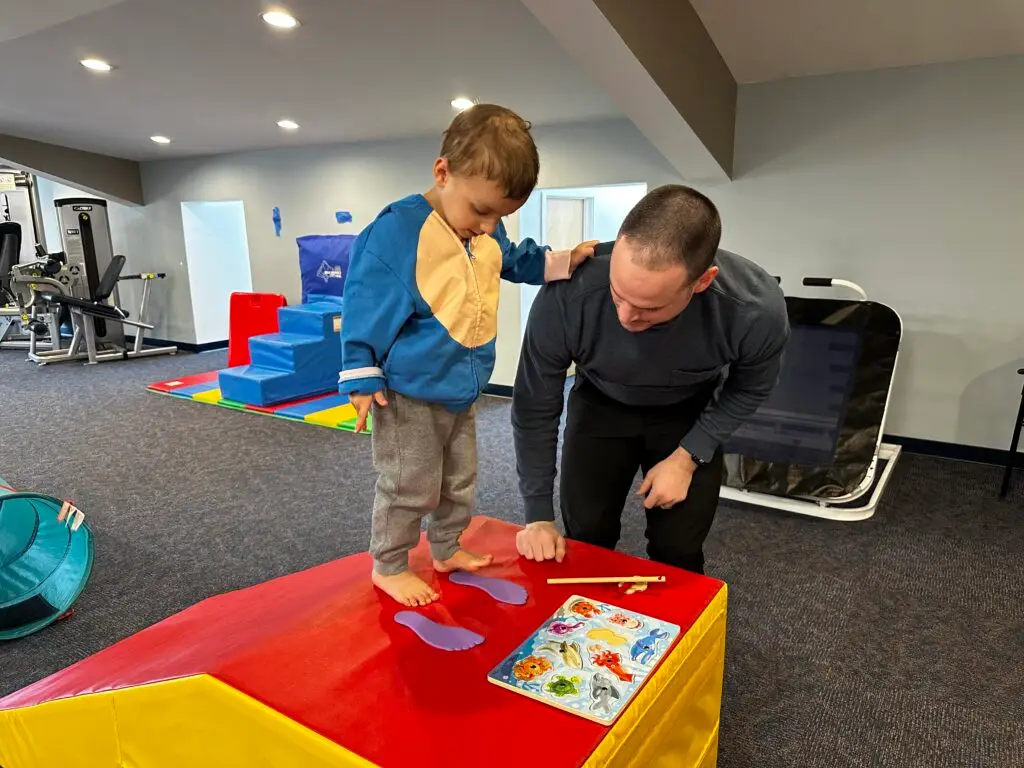Pediatric physical therapy can be pivotal in addressing gait abnormalities in children, aiding in improved mobility and overall quality of life. Here are five benefits of pediatric physical therapy for improving gait:
1. Enhanced Mobility:
- Specificity: Targeted exercises and therapies can address specific muscle imbalances, weakness, or coordination issues impacting gait.
- Developmental Progress: Improved walking ability can contribute to achieving developmental milestones and fostering independence.
2. Increased Strength:
- Muscle Development: Strengthening exercises enhance the development of muscles essential for walking, contributing to a more stable and balanced gait.
- Core Stability: Building core strength is crucial for maintaining balance and posture during walking, preventing falls and injuries.
3. Improved Balance and Coordination:
- Equilibrium: Pediatric physical therapy incorporates balance training to improve equilibrium and coordination, essential components of a normalized gait pattern.
- Motor Control: Coordination exercises help in developing motor control necessary for the complex sequence of movements involved in walking.
4. Pain Reduction and Management:
- Comfortable Movement: Addressing gait abnormalities can reduce discomfort and pain experienced by children during walking, promoting more regular physical activity.
- Injury Prevention: By correcting improper gait mechanics, physical therapy can prevent the development of secondary conditions and injuries associated with abnormal walking patterns.
5. Enhancement of Functional Abilities:
- Daily Activities: Improved gait enables easier participation in daily activities and recreational pursuits, contributing to a child’s overall well-being and development.
- Adaptation: Therapy helps in learning adaptive strategies and using assistive devices efficiently, promoting mobility in various environments.
Application in Therapy:
Pediatric physical therapists employ a variety of interventions, such as therapeutic exercises, gait training, balance and coordination activities, and functional training, to address gait abnormalities in children. By focusing on individual needs, therapists can design intervention plans that are child-friendly, engaging, and effective in promoting optimal gait patterns and mobility.


